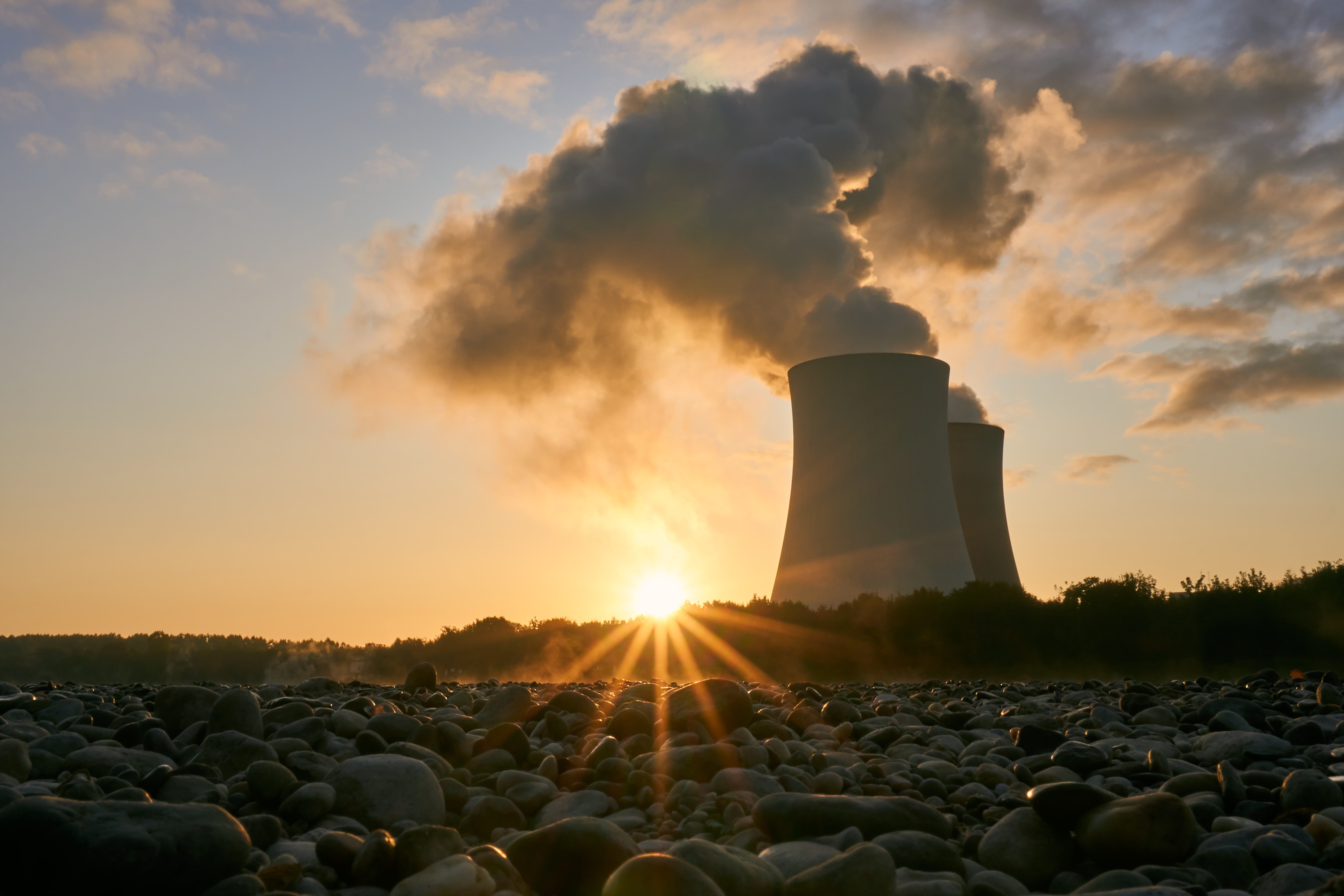

The Army is seeking to develop and field a mobile nuclear reactor to power forward operating bases.

Gorman clarified that the program seeks nuclear power for island locations, and technically, in Army parlance, the microreactor is “transportable” rather than “mobile.” The quick setup options for the Pele prototype would beat current large-scale diesel generators that can take as long as two weeks to set up.

building this expensive, supposedly rugged reactor for mobile deployment to remote bases, which don’t need a reactor.” “Remote bases are enduring, they’re there for a long time. “The whole point of a mobile reactor is for rapid deployment to a war zone,” Kuperman said. “This type of reactor is a sitting duck for that type of attack,” Kuperman said.īut Kuperman sees another problem with the change in application from Forward Operating Bases to non-tactical, austere zones. Kuperman and Hecla point out that doesn’t mean future versions of microreactors would not be deployed near the front lines, making them targets for a direct strike by adversaries. This is the the way in which such devices would be transported to theater. For a land-based reactor, moving around in the tactical zone is not low hanging fruit, and thus is not seen as an early application for these reactors,” Gorman wrote in an email. “For the Navy, its lowest hanging fruit for nuclear power is submarines. Timothy Gorman said “any new system has to target is ‘low hanging fruit.’” When pressed on the inconsistency in past reports and current plans, Strategic Capabilities Office spokesman Navy Lt.

The idea was that they could reduce fuel consumption and the frequent attacks on supply lines that troops witnessed during operations in Iraq and Afghanistan.Ĭurrent estimates show that a single Pele microreactor could save up to 1 million gallons of diesel fuel annually, Waksman said.īut Waksman added that plans for the microreactors under development do not consider them for use in a tactical environment. One of the early foundations that drove Army G-4 research, according to its own 2018 report, was to use such microreactors at Forward Operating Bases. Hecla said relying on encapsulation or cladding as a “last line of defense” to contain nuclear materials neglected “the realities of the consequences from potential accidents.” “The pellet is flying around the base and the radioactivity permeates outside the cladding.” The fuel pellets could be scattered over great distances, Kuperman said.


 0 kommentar(er)
0 kommentar(er)
